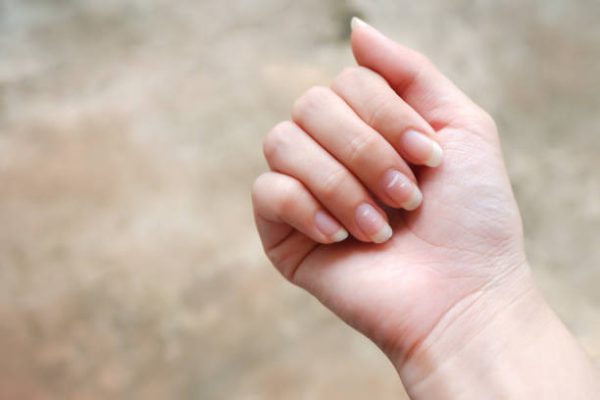general health
Reading the Signs: Understanding What Your Nails Can Tell You About Your Health
Your nails are a reflection of your overall health. They show the state of your blood and digestive system and your body’s response to stress, emotions, and illness.
The shape of your fingernails tells a lot about your overall health. You have a healthy heart and circulatory system if they’re long, thick, and separated. A short, thin shape indicates poor circulation, while a soft texture means your blood is purer than normal.
If you have ridged or bumpy nails, this could indicate an overactive thyroid gland or an underactive adrenal gland (the two glands in charge of producing cortisol). Your nails can also be discolored due to inflammation caused by an infection, such as chicken pox or shingles.
Nails can also signify other health issues, such as hypothyroidism or diabetes. In addition, if you have brittle nails with ridged edges, this could indicate nutrient deficiencies in your diet or perhaps even a vitamin D deficiency.
Nail health is a barometer for the health of your body. Nails are made up of protein, minerals, and fats that can reflect your overall health. They can also reveal signs of health issues if they are damaged.
Your nails can tell you a lot about your overall health. Here are some things to look out for:
Spoon Nails: Nails that are scooped out like a spoon shape may be a sign of anemia, a condition caused by a lack of iron in the blood.
Brittle Nails: Dry, brittle nails can be a sign of a thyroid disorder or a deficiency in nutrients like vitamins A, B, C, D, and E and also Iron.
White Spots: White spots on nails are usually nothing to worry about and can be caused by a minor injury to the nail matrix.
Yellow Nails: Yellow nails can be a sign of a fungal infection or a more serious condition like diabetes or lung disease.
Vertical Ridges: Ridges that run from the base to the tip of the nail can be a normal sign of aging, but they can also be a sign of a deficiency in iron, vitamin A, or zinc.
Pitting: Small dents on the surface of the nails can be a sign of psoriasis, eczema, or alopecia.
Clubbing: Clubbing is when the nails become rounded, and the fingertips become wider. It can be a sign of low oxygen levels in the blood, which can be caused by lung disease.
Six Nail Tips to Help You Maintain Healthy Fingernails
Here are six nail tips to help you maintain healthy fingernails and to spot problems before they become serious:
Check Your Nails Daily: especially if you have a lot of them. Nails grow at an average rate of 0.5 millimeters per day, so if you see a change in the length or shape of your nails, it could be a sign that there is something wrong with them.
Look at the Cuticles: check for brown patches or ragged edges around them. These may indicate skin problems such as eczema or psoriasis, which can lead to infections and skin damage that can affect nails too.
Avoid Nail Polish With Harsh Chemicals Like Formaldehyde: this is used in many commercial nails varnishes to help keep nails strong and flexible. However, it has been linked with breathing difficulties for some people because it irritates the skin around the nails when applied.
Trim Your Nails Regularly: If they’re too long or hang over the edge of your cuticles, they’ll become ingrown, leading to infections.
Wash Your Hands Frequently: It’s easy to forget about washing between the fingers and under the nails, but this is where most germs live. If you don’t wash regularly, it’s also possible that your nails are dirty enough for bacteria to multiply quickly.
Eat a Healthy Diet: Eating a diet rich in nutrients, such as iron, zinc, and vitamins A, B, C, D, and E, can help promote healthy nail growth.
Bottom Line
You’ve likely heard that nails are a great indicator of health and wellness, but did you know what a strong set of nails says about your overall health? Pay attention to the health of your hands to ensure they are the best representation of your overall well-being.


